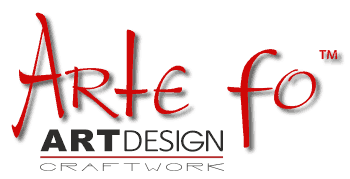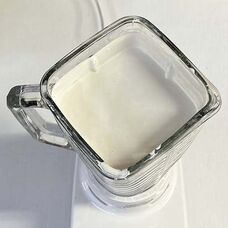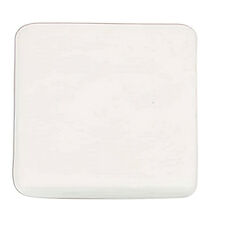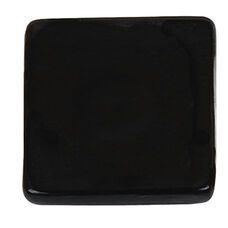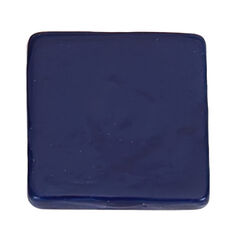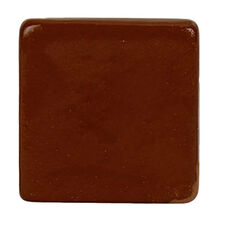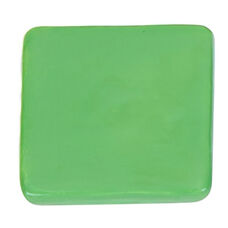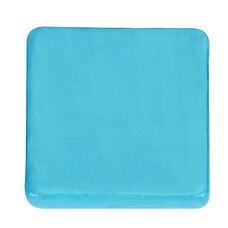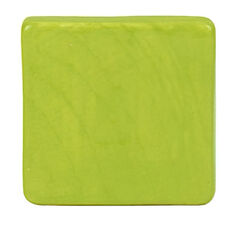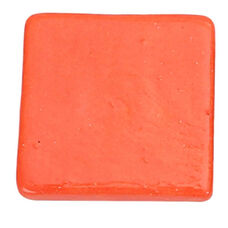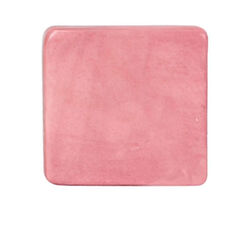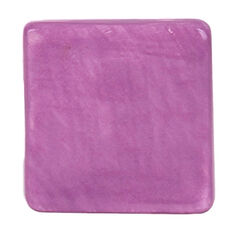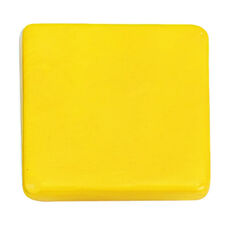How to Use Engobe in Pottery Clay and Slip
CLEAR ENGOBE - The magical transparent engobe technique
CLEAR ENGOBE, often used in pottery and ceramic art, is essentially a special chemical compound that has been formulated..
2.59€
RED ENGOBE - The magical color engobe technique
RED ENGOBE is always applied to the Leather Hard Stage of clay (not yet dried workpiece) with a brush ор sponge sta..
1.49€
WHITE ENGOBE - The magical color engobe technique
WHITE ENGOBE is always applied to the Leather Hard Stage of clay (not yet dried workpiece) with a brush ор sponge s..
1.19€ 1.29€
BLACK ENGOBE - The magical color engobe technique
BLACK ENGOBE is always applied to the Leather Hard Stage of clay (not yet dried workpiece) with a brush ор sponge stamp...
1.59€
BLUE ENGOBE - The magical color engobe technique
BLUE ENGOBE is always applied to the Leather Hard Stage of clay (not yet dried workpiece) with a brush ор sponge stamp. ..
1.29€
BROWN ENGOBE - The magical color engobe technique
BROWN ENGOBE is always applied to the Leather Hard Stage of clay (not yet dried workpiece) with a brush ор sponge s..
0.99€ 1.29€
GREEN ENGOBE - The magical color engobe technique
GREEN ENGOBE is always applied to the Leather Hard Stage of clay (not yet dried workpiece) with a brush ор sponge stamp...
1.39€
LIGHT BLUE ENGOBE - The magical color engobe technique
LIGHT BLUE ENGOBE is always applied to the Leather Hard Stage of clay (not yet dried workpiece) with a brush ор spo..
1.29€
LIGHT GREEN ENGOBE - The magical color engobe technique
LIGHT GREEN ENGOBE is always applied to the Leather Hard Stage of clay (not yet dried workpiece) with a brush ор sponge ..
1.79€
ORANGE ENGOBE - The magical color engobe technique
ORANGE ENGOBE is always applied to the Leather Hard Stage of clay (not yet dried workpiece) with a brush ор sponge ..
1.79€
PINK ENGOBE - The magical color engobe technique
PINK ENGOBE is always applied to the Leather Hard Stage of clay (not yet dried workpiece) with a brush ор sponge st..
1.99€
PURPLE ENGOBE - The magical color engobe technique
PURPLE ENGOBE is always applied to the Leather Hard Stage of clay (not yet dried workpiece) with a brush ор sponge ..
1.59€
YELLOW ENGOBE - The magical color engobe technique
YELLOW ENGOBE is always applied to the Leather Hard Stage of clay (not yet dried workpiece) with a brush ор sponge ..
1.59€
